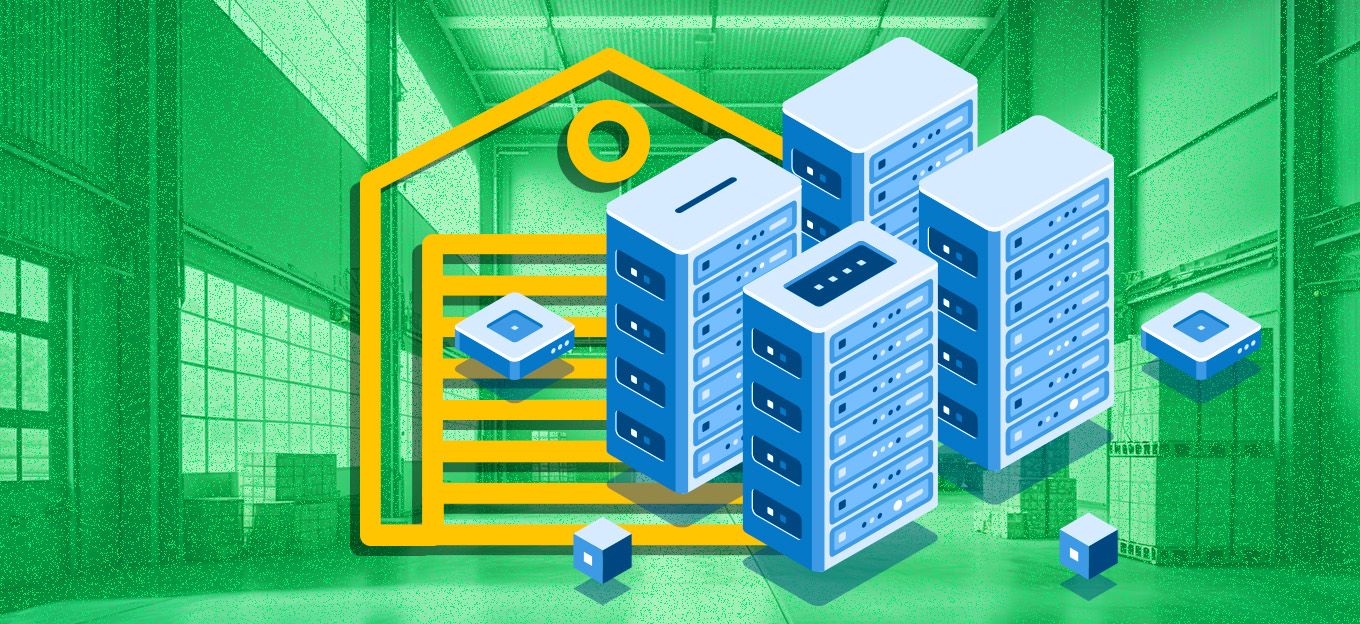The Ultimate Guide to Datasets for Machine Learning in 2023
The Ultimate Guide to Datasets for Machine Learning in 2023
- Last Updated: December 2, 2024
Guest Writer
- Last Updated: December 2, 2024



When it comes to understanding and applying machine learning, datasets are a key piece of the puzzle. Simply put, datasets are collections of data that can be used to train models, perform analysis, and draw conclusions. Datasets have become an invaluable tool to gain insight into various aspects of machine learning research and development.
The most common type of dataset used in machine learning is a labeled dataset. Labeled datasets contain prelabeled data that has been properly formatted according to a certain set of criteria. This means that each input has been classified with a defined label such as “positive” or “negative.” Such datasets are useful for training algorithms and creating models as they are pre-divided into groups which makes it easy for the algorithm or model to know what kind of behavior is expected from each input value.
Unlabeled datasets, on the other hand, do not contain any predefined labels for each input value and are instead used for exploratory analysis. With unlabeled datasets, you can run tests or simulations to try out different patterns in order to see what works best with your data set. A third type of dataset is an image dataset which contains image files such as photos or videos that have been tagged with descriptive labels such as “person” or “car” so that they can be easily referenced by machines when training models or running simulations. We will take a look at all of the different types of datasets and particular use cases for each.
"Datasets have become an invaluable tool to gain insight into various aspects of machine learning research and development."
-Susovan Mishra
Types of Machine Learning Datasets

Datasets in Machine Learning
When it comes to machine learning, datasets are the key component to successful training and analysis. Understanding the different types of datasets available is essential to getting the most out of your data. Let’s explore the different types of machine learning datasets that can help you get the insights you need.
#1: Structured Datasets
The most common type of dataset used in machine learning algorithms is structured data. Structured data is typically numeric and stored in relational databases or spreadsheets, making it easy for computers to read. Examples of structured datasets include customer records, financial transaction records, healthcare data, and digital media metadata.
#2: Unstructured Datasets
Unstructured data is another type of dataset used in machine learning algorithms. Unstructured data includes text files such as emails, tweets, news articles, images, and videos. This type of dataset requires more sophisticated algorithms for analysis because it requires further processing before being structured into useful formats for computer programs to understand.
#3: Graph Datasets
Another type of dataset used in machine learning is graphs which are made up of nodes interconnected with links that represent relationships between entities or ideas and show how they interact with each other. Graph datasets are useful when dealing with complex problems or when looking for patterns beyond what a traditional dataset can provide.
#4: Time Series Datasets
Finally, time series datasets contain information collected over a period of time such as stock prices or weather records which can be used to predict future events or values using AI models and algorithms. Time series analysis can also reveal patterns that may not be seen by traditional analysis methods and insights into trends over time periods like monthly sales figures over multiple years.
Utilizing different types of datasets alongside more advanced machine learning techniques helps improve accuracy in predictions and develop more complex models and algorithms than ever before.
The Impact of Dataset Quality on ML Projects
When it comes to building any machine learning (ML) project, one of the most important components is the dataset. For example, if you are building a model to predict house prices, then your dataset should include features like location, square footage, and the number of bedrooms. The quality and accuracy of your ML model will ultimately depend on the quality and accuracy of your dataset.
To ensure optimal performance from an ML project, it’s important to assess the quality of the dataset periodically through evaluation metrics. If any element of the dataset is found to be inaccurate or incomplete, this can have a direct impact on the accuracy and reliability of your training results. Various metric-based tests are available that can help determine how well a particular dataset is performing against its intended tasks.
When it comes to cleaning up a dataset in order to improve its quality, imputation is often used as a technique. Imputation involves replacing any missing values in a given set with replacement values that are estimated based on existing data points. This helps to minimize bias when training an ML model as well as improve overall training accuracy.
Best Practices for Cleaning, Preprocessing & Augmenting
As a machine learning practitioner, one of the most important tasks you'll need to do is cleaning, preprocessing, and augmenting datasets for use in ML algorithms. This can make or break a project, as having a high-quality dataset is necessary for optimal results. To ensure you have the best datasets possible, here are some key best practices for cleaning, preprocessing, and augmenting ML datasets.
Step 1: Cleaning
First and foremost, pay attention to data quality. All datasets need to be checked for irregularities that may impact their accuracy and consistency. This includes checking for duplicate entries or incorrect values. Cleaning is an essential step in the ML pipeline; any issue with the data should be identified and corrected before further processing takes place.
Step 2: Processing
Once you've completed the initial cleaning process, you can begin to preprocess the dataset. Preprocessing involves transforming raw data into an organized format, such as found in databases or spreadsheets. This can include scaling variables (normalizing them so they match each other), imputing missing values (replacing missing values with sensible estimates), or encoding categorical variables (converting nominal/ordinal data into discrete numbers). Besides these basic steps, feature engineering might also be necessary this involves creating new features from existing ones that could increase model performance.
Step 3: Augmenting
Finally, once all of your datasets are clean and prepared properly you may need to augment them to better suit your model's requirements. This means adding more data to increase accuracy or reduce bias in predictions. Augmenting your dataset can only occur if there is enough quality information available; good sources for obtaining additional data include open-source databases like OpenML or Kaggle competitions.
The Most Comprehensive IoT Newsletter for Enterprises
Showcasing the highest-quality content, resources, news, and insights from the world of the Internet of Things. Subscribe to remain informed and up-to-date.
New Podcast Episode

Moving Past the Pilot Phase in IoT and AI
Related Articles





